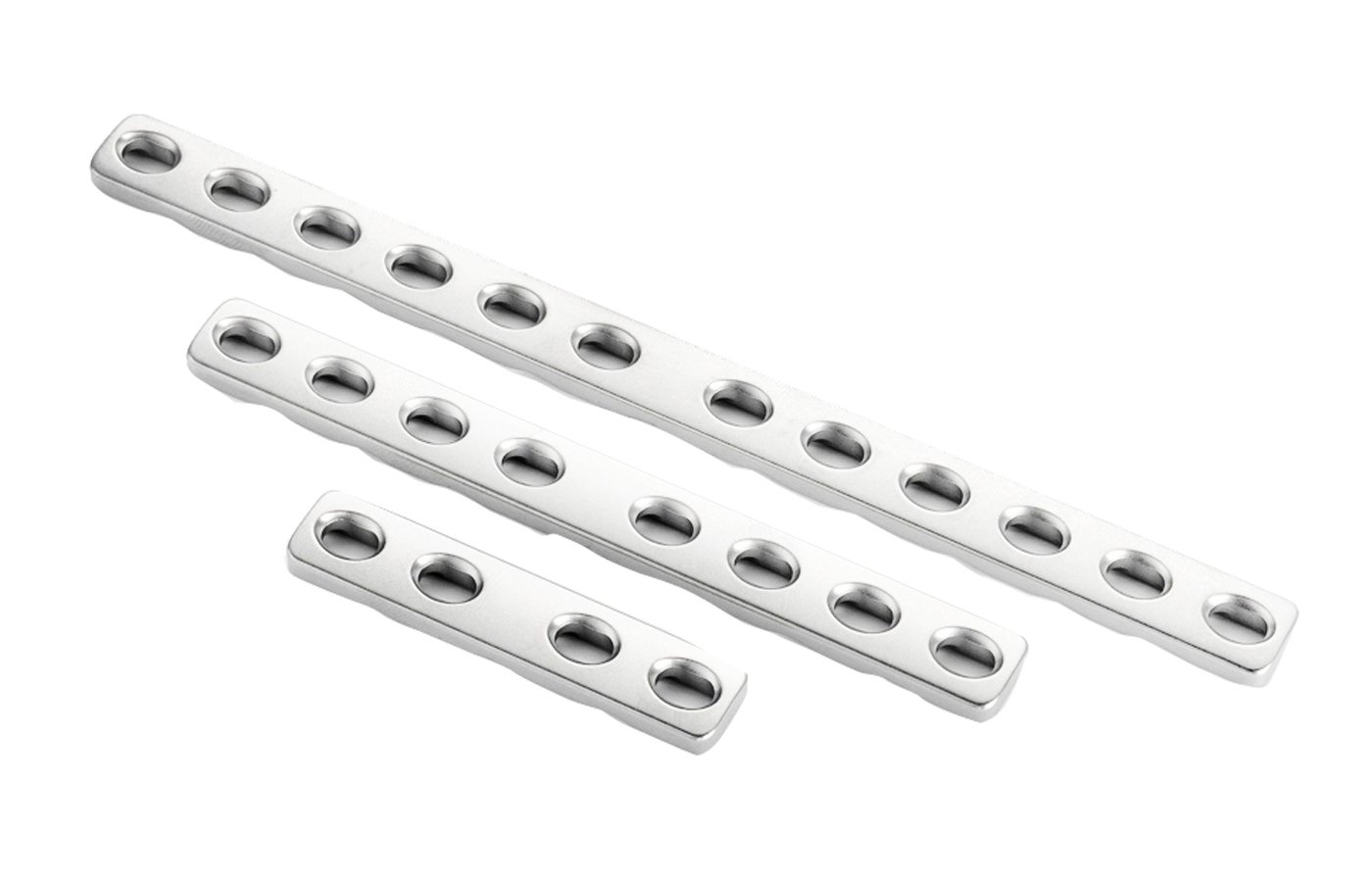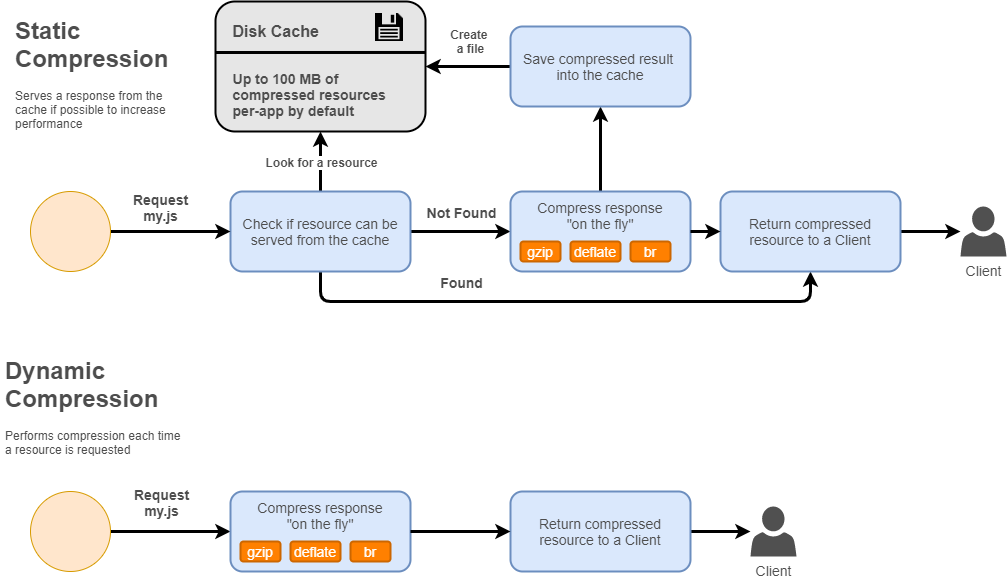Dynamic compression nail: A preliminary report, BMC Musculoskeletal Disorders
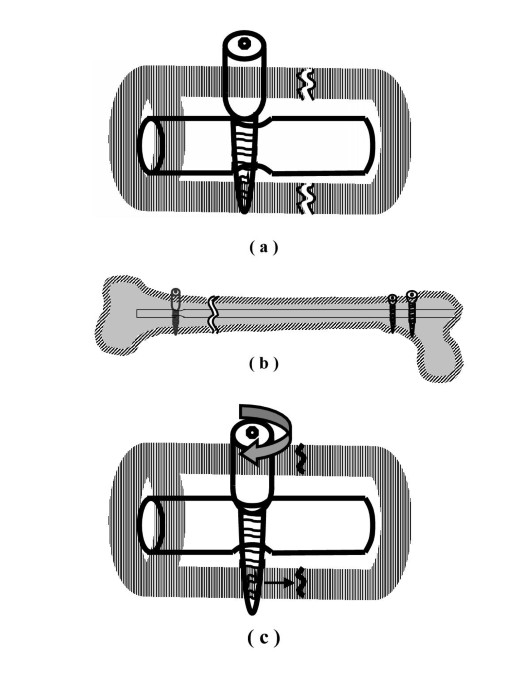
Background Interlocking nailing, which has become the method of choice for treating fractures of the femoral and tibial shafts, still lacks ability to provide the important contact-compression at the fracture. An intramedullary compression nail is described, which provides axial compression at the fracture site with tightening of the specially designed distal interlocking screw. This uses the same principle as dynamic compression plating. Methods The study included 11 femoral and tibial nailings performed for various clinical applications such as acute fractures, non-unions and malunions. Results All the fractures attained radiological union, with good skeletal continuity across the fracture, within an average time of 13 weeks in fresh fractures and 18 weeks in non-unions. Conclusions Active compression through intramedullary compression nailing has great utility for treating non-unions where it provides greater degree of impaction of its irregular ends. This may prove greatly advantageous to the fracture union through increased stability and the osteogenic potential, particularly when utilized in combination with the small diameter unreamed nails.

Dynamic compression nail: A preliminary report
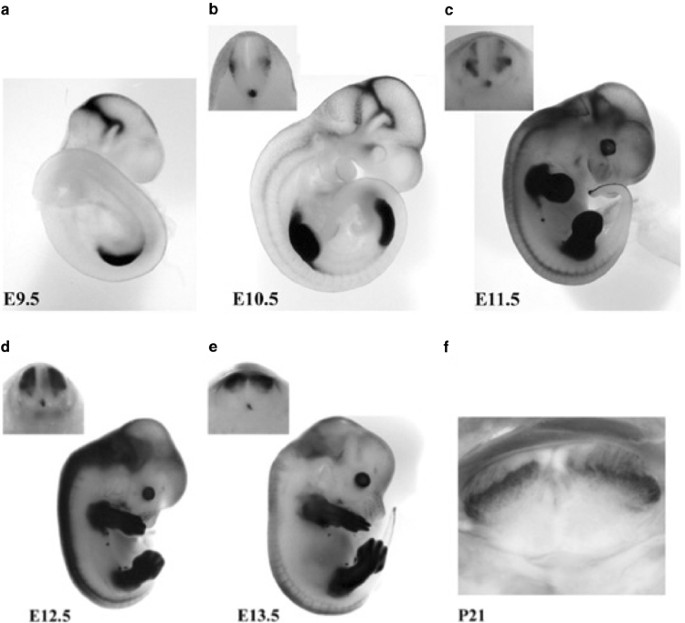
A neurological phenotype in nail patella syndrome (NPS) patients

PDF) 3066 consecutive Gamma Nails. 12 years experience at a single

Sliding hip screw vs intramedullary nail for AO/OTA31A1-A3: a
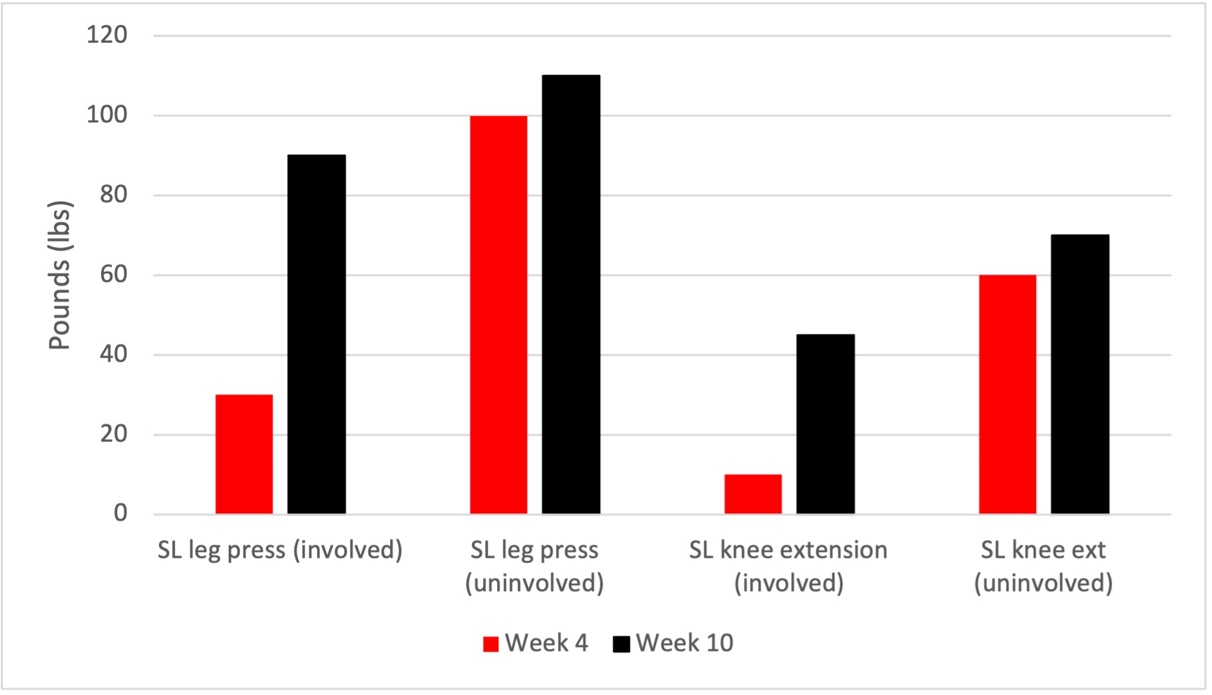
The Implementation of Therapeutic Alliance in the Rehabilitation

Internal fixation treatments for intertrochanteric fracture: a

Nonunions, PDF, Osteoporosis

AO Principios Volume2-2007!01!03, PDF, Copyright

Prevalence, diagnosis and management of musculoskeletal disorders

PDF] Clinical Results of Complex Subtrochanteric Femoral Fractures
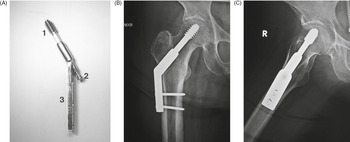
Fracture Fixation (Chapter 3) - Radiologic Guide to Orthopedic Devices





